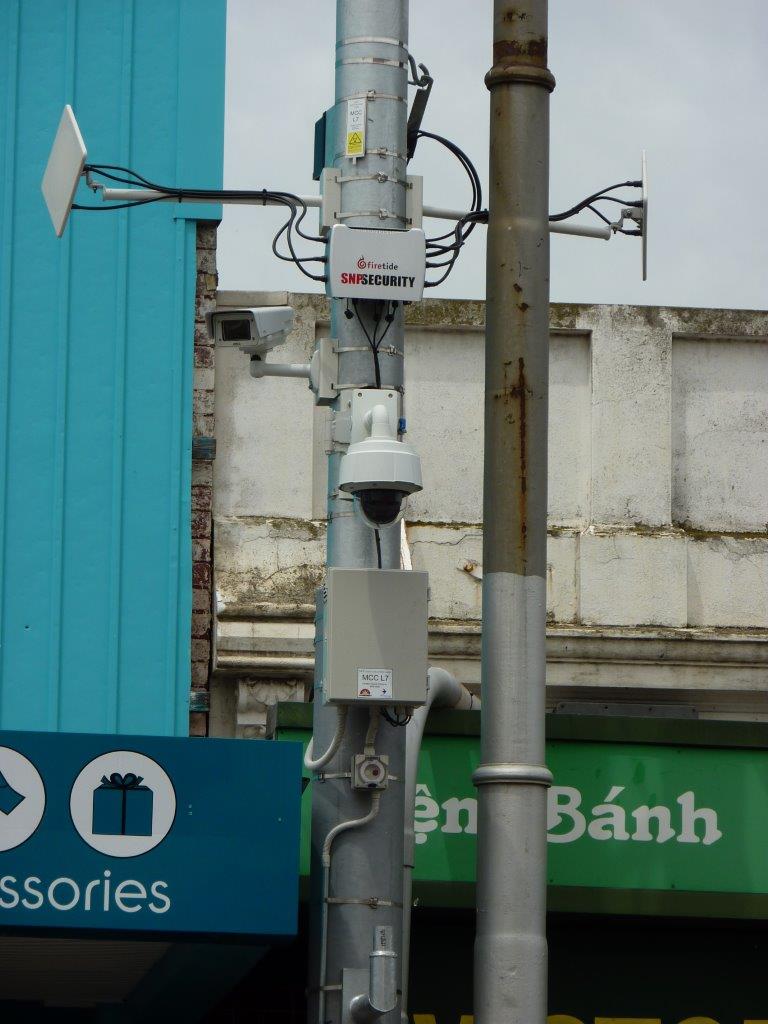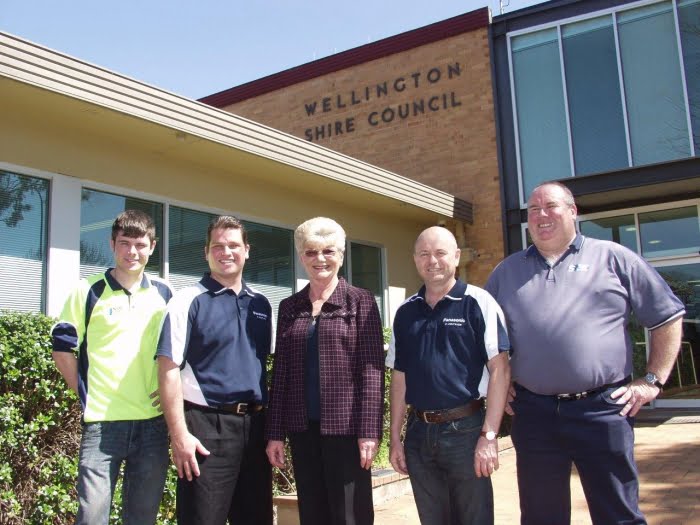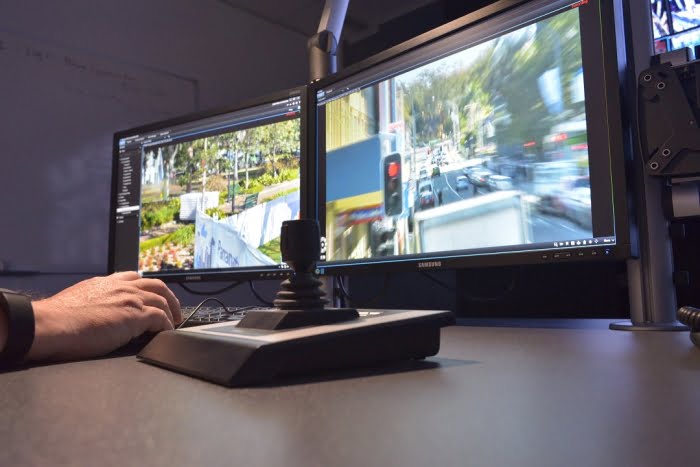SOMETIMES clichés can be utterly inverted. When it comes to community crime prevention initiatives undertaken through the Attorney General’s Department’s National Crime Prevention Fund, which is funded under section 298 of the Proceeds of Crime Act 2002, there are 10 million reasons crime does pay.
Up until June 30 2015, Australia’s National Crime Prevention Fund has provided nearly $A10 million for 53 local council safety infrastructure projects, with most these funds being invested in video surveillance solutions and lighting. The NCPF is a $40 million purse which was put aside to address gang violence and street crime.
Projects supported included diversionary activities and education for at-risk youth in areas that experience high crime rates compared to the rest of Australia. Along with these initiatives, the NCPF’s security-related infrastructure grants also supported environmental enhancements using CPTED principles at trouble spots, including fixed and mobile CCTV systems, lighting and other initiatives.

CCTV at Footscray in Melbourne
AG’s intent was that the NCPF would lead to improved community safety and security, a reduction of street crime and violence and a reduction in community fear of crime. Something that has been most noticeable is the quality and depth of partnerships between local councils and various state police services. This co-operation was spring-loaded into the NCPF thanks to a requirements list that demanded applicants for funding show community cohesion, as well as a genuine need for assistance.
The AG’s Department insisted that projects addressed the priorities of the program, had clear benefits for the broad community, had well-defined and achievable objectives, and established performance measures to assess the impact of the project. They also need to have support of multiple stakeholders – including local police.
On a national basis, NSW got the bulk of funding, with 23 projects totalling nearly $4.5 million. Western Australian projects received just under $1.4 million for 8 projects, Queensland was allocated just over $1.3 million for 9 projects, Victoria received $1.135 million for 6 projects, Northern Territory received $982,093 for 3 projects, South Australia’s 3 projects were awarded $407,000, and Tasmania’s George Town Council was awarded $16,446 for installation of a fixed CCTV system in George Town.

Wellington Council installed Fluidmesh and Panasonic
Nationally, the largest projects included $486,000 for the Roper Gulf Community’s Safety Through Dark Spot Reduction project, $200,000 for Gold Coast City Council’s Gold Coast Safer Streets Project, 473,655 for Burwood’s City Safe CCTV Program, 400,000 for Parramatta CitySafe, $300,000 for Tamworth Regional Council’s Lights, Camera, Action project and $300,000 CCTV and Lighting Enhancements at Central Park in the City of Joondalup in WA.
Having visited multiple council safety and security systems over the past 2 years, I’d say the money has been very well spent. Projects have typically combined the best performance for budget, with significant community and police involvement from the process of inception feeding into the day-to-day operation of public surveillance and safety systems.
There’s no doubt in my mind that AG’s National Crime Prevention Fund, supported by funding from state governments and local councils, has provided a test bed for the effectiveness of CCTV as a tool for public safety, as well as demonstrating best practise in community involvement.

Milestone, Sony and Axis supporting Parramatta CitySafe
In visiting at least 10 council systems over the past couple of years, the capability of CCTV systems to support law enforcement and actively reduce crime has been universally praised. Councils from Frankston, to Mackay, Burwood, Footscray, Wellington, Ballarat, Parramatta, Darwin, Byron Bay and dozens more have installed solutions or are expanding and upgrading older ones. When measuring the success of surveillance systems, something else that should be taken into account is the willingness of communities to employ and then expand highly targeted CCTV solutions to increase safety and the perception of safety and to assist over-stretched law enforcement personnel.
These observations are not an empirical study but the widespread positive feedback from people on the ground in local communities underscores the success of the NCPF and endorse AG's management. We should all be very thankful that sometimes, crime does pay.
By John Adams











